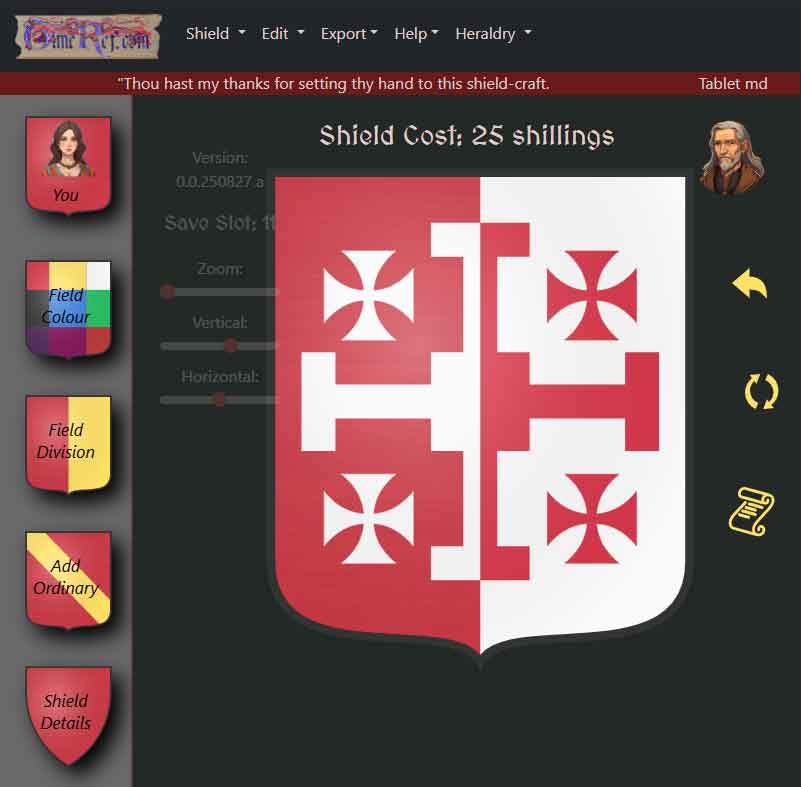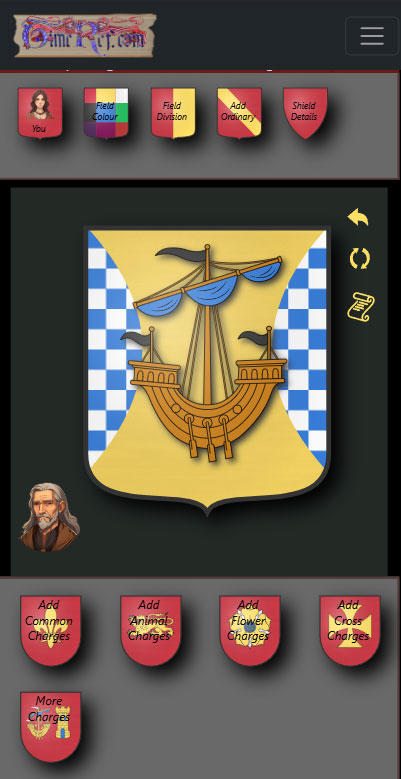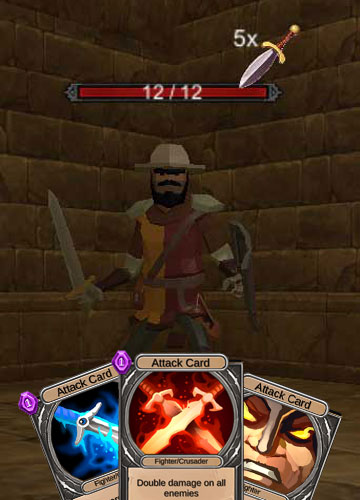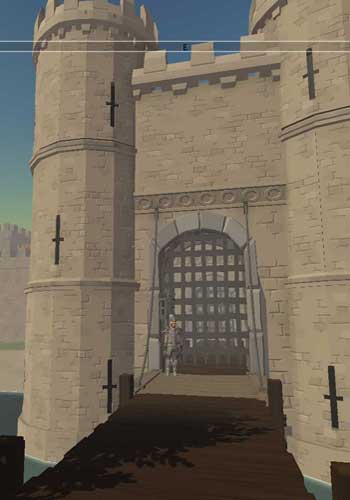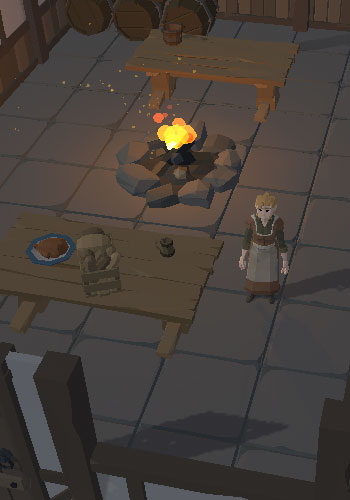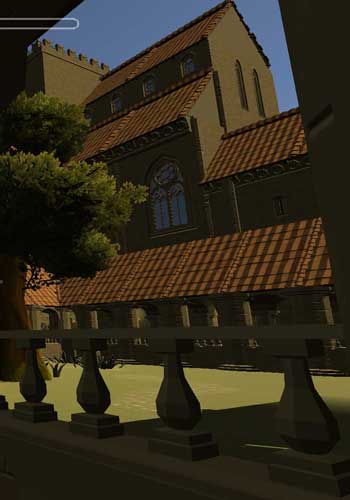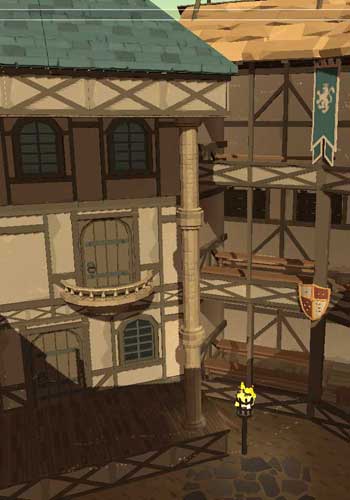 orfe Castle is a ruin now, but this castle has had an important role to play in Medieval times. The date of its rise as a castle is unknown, and the Domesday may be making reference to it when it details Wareham castle near by. In 1139, Baldwin de Redvers took the castle for Matilda, and King Stephen tried unsuccessfully to besiege it. Over the years many kings have spent time and money on the castle's upkeep, including King John around the year 1200 who considered it his favourite residence. King Henry III added more walls and towers and whitewashed the exterior. In darker times, Edward II was held prisoner in the castle after his abdication and before being moved to Berkeley and his murder.
orfe Castle is a ruin now, but this castle has had an important role to play in Medieval times. The date of its rise as a castle is unknown, and the Domesday may be making reference to it when it details Wareham castle near by. In 1139, Baldwin de Redvers took the castle for Matilda, and King Stephen tried unsuccessfully to besiege it. Over the years many kings have spent time and money on the castle's upkeep, including King John around the year 1200 who considered it his favourite residence. King Henry III added more walls and towers and whitewashed the exterior. In darker times, Edward II was held prisoner in the castle after his abdication and before being moved to Berkeley and his murder.| County | Categories | Stone / Norman Square Keep / Royal castle | |
| Remains | Not complete but much survives | Access | Only open at certain times |
| Comments | Although damaged to prevent reuse after the English Civil War large sections of wall remain to be explored. Located on top of a large hill. This is a fantastic castle to visit and explore. Be prepared to walk up quite a steep slope to the keep. Uneven ground around the keep at the top. Great views of the steam trains that run regularly to the nearby station. | ||
| Location | 50.6404,-2.0593 (Google Maps) ///bagpipes.headsets.prospered | Directions | Directions via Google Maps |
| County |
| Categories |
Stone / Norman Square Keep / Royal castle |
| Remains |
Not complete but much survives |
| Access |
Only open at certain times |
| Comments |
Although damaged to prevent reuse after the English Civil War large sections of wall remain to be explored. Located on top of a large hill. This is a fantastic castle to visit and explore. Be prepared to walk up quite a steep slope to the keep. Uneven ground around the keep at the top. Great views of the steam trains that run regularly to the nearby station. |
| Location |
| 50.6404,-2.0593 ///bagpipes.headsets.prospered |
| Directions |
| Directions via Google Maps |
 orfe Castle is a ruin now, but this castle has had an important role to play in Medieval times. The date of its rise as a castle is unknown, and the Domesday may be making reference to it when it details Wareham castle near by. In 1139, Baldwin de Redvers took the castle for Matilda, and King Stephen tried unsuccessfully to besiege it. Over the years many kings have spent time and money on the castle's upkeep, including King John around the year 1200 who considered it his favourite residence. King Henry III added more walls and towers and whitewashed the exterior. In darker times, Edward II was held prisoner in the castle after his abdication and before being moved to Berkeley and his murder.
orfe Castle is a ruin now, but this castle has had an important role to play in Medieval times. The date of its rise as a castle is unknown, and the Domesday may be making reference to it when it details Wareham castle near by. In 1139, Baldwin de Redvers took the castle for Matilda, and King Stephen tried unsuccessfully to besiege it. Over the years many kings have spent time and money on the castle's upkeep, including King John around the year 1200 who considered it his favourite residence. King Henry III added more walls and towers and whitewashed the exterior. In darker times, Edward II was held prisoner in the castle after his abdication and before being moved to Berkeley and his murder.Location
See Also
People
Related Information
Related Maps
Related Episodes
Civil War Stephen and Matilda (click here)
The First Barons' War (click here)
Timeline
978
...
Edward the Martyr was assassinated
Corfe Castle was built on a steep hill in a gap in a long line of chalk hills, created by two streams eroding the rock on either side. The name Corfe derives from the Old English ceorfan, meaning 'a cutting', referring to the gap. The construction of the medieval castle means that little is known about previous activity on the hill. We know from contemporary writing that Anglo-Saxon nobility treated it as a residence, such as Queen Aelfthryth, wife of Edgar, and there are postholes belonging to a Saxon hall on the site. This hall may be where the boy-king Edward the Martyr was assassinated in 978; contemporaries tell us that he went to the castle at Corfe to visit Aelfthryth and his brother.
1139
...
Corfe Castle siege
In 1139 Baldwin de Redvers captured Corfe Castle for Matilda. King Stephen besieged the castle but was unable to take it back. [1]
1198
...
Gruffydd ap Rhys handed to the English
Gwenwynwyn ap Owain exchanged his prisoner, Gruffydd ap Rhys, for a castle(?). Gruffydd ap Rhys was transferred to Corfe Castle. Maelgwn extended his control over the South or Wales.
1216
June (to October)
Prince Louis advances across England
Prince Louis advanced on Winchester and captured the city and its castle. Elsewhere, Windsor Castle and Dover Castle were besieged by the rebel barons. Both castles were defended and held out against the sieges. King John used Corfe Castle in the south-west as his base of operations while he planned his campaign against the rebel barons and Prince Louis.
1643
August
Corfe Castle rescued
Corfe Castle was being besieged by Parliamentary forces. Inside the castle Lady Mary Banks with a small number of defenders had managed to hold the castle against much larger number of men outside. Lady Mary's husband, Sir John Banks, was elsewhere with King Charles at the time. Prince Maurice attacked and drove off the Parliamentary besiegers. [2]
3D Virtual Reconstructions
Transport yourself back up to a thousand years and explore historical buildings as they may have appeared in the past. Built using the popular game development tool Unity 3D, these reconstructions will run in the most of the popular web browsers on your desktop or laptop computer.
Page Navigation
Selection of references used:
- 1: John Kinross, Discovering Castles in England and Wales, Shire Publications Ltd
- 2: John Bowle, Charles the First
Location
See Also
People
Related Information
Related Maps


